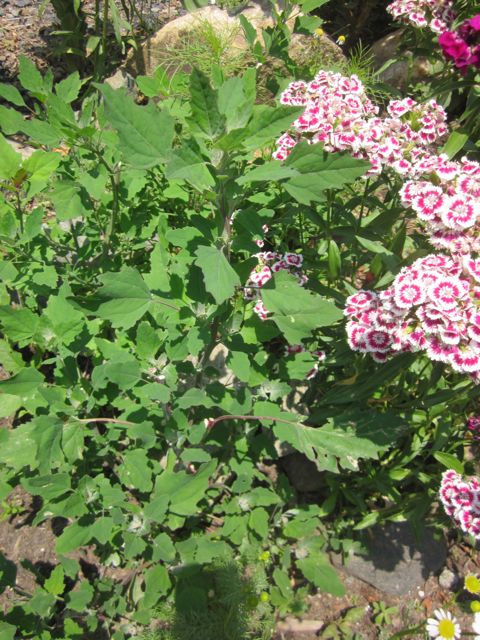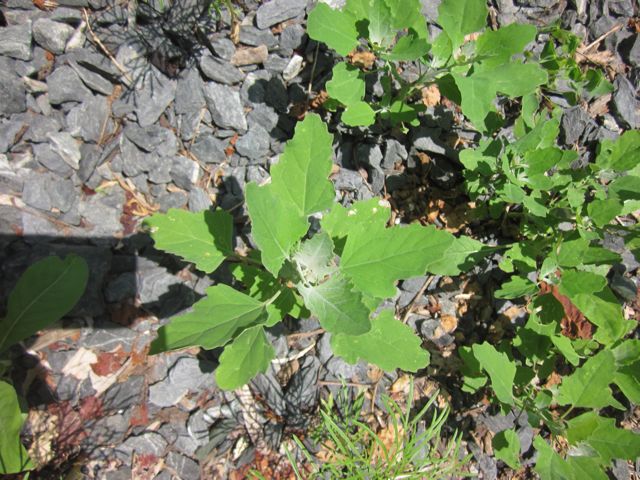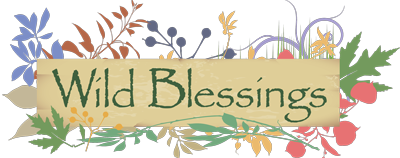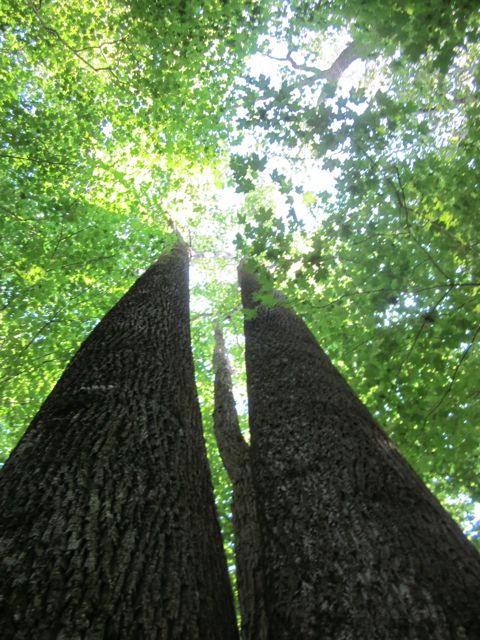
Lambsquarter: Chenopodium album
Lambs Quarter
Lambs Quarter tastes better than spinach, both for flavor and nutrition. It is one of the best sources of beta-carotene, calcium, potassium, and iron in the world: also a great source of trace minerals, B-complex vitamins, vitamin C, and fiber.
Botanical name: Chenopodium album
Common names: fat hen (used for fattening poultry), goosefoot, pigweed, and wild spinach
Plant type: clumping 6-9 foot annual
leaf: diamond shaped, wavy teeth margins, pale green whitish underneath, alternate branching

Lambs Quarter Growing in the Gravel Early leaves most tender, but can be harvested through till frost, collect seeds in the fall. lambs quarter leaves are best when eaten from a plant less than a foot tall, larger leaves are better cooked. Keep farming it to keep the leaves tender
Environment
Grows in back alleys, unmoved lawns, vacant lotsMethod
Leaves used as a wild spinach substitute, salads, stir fry, soups, casseroles, Grind seeds into dark flour to make gruel or bread
Leaves dry well and can be reconstituted – powder to make flour
Dried leaves make a delicious flour, mix with a bit of water to make a tortillaNutrition (per half cup)
Lambs quarter seeds
Protein 19.6 grams
Fat 4.2 grams
Carbos 57.7 grams
Fiber 27.1 grams
Calcium 1036 mg
Potassium 1687 mg
Niacin 3800 ug
Iron 64 mgLambs quarter shoots
Protein 3.5 g
Carbos 5.5 g
Calcium 324 mg
Potassium 684 mg
Beta Carotene 3800 ug
Niacin 1000 ug
Iron 1.5 mgHealth Benefits
1. Use all parts as a pout lice for swelling, rheumatism and arthritis
2. Chew raw for toothaches
3. Gelatin capsules filled with Lambsquarter make a potent vitaminFUN FACTS TO KNOW AND TELL
1. Lambs quarter is the second highest in nutrition of all wild foods. Amaranth is #1
2. The gritty feel is pollen…rinse well 🙂
3. Lambs 1/4 seed is excellent bird feed
4. Dye color: bright yellowA few CAUTIONS
1. Lambs quarter can absorb nitrate from contaminated soil so be careful where you harvest this plant
2. Lambs quarter has a poisonous look-a-like (Nettleleaf goosefoot) but it’s rank odor reveals it’s identity
3. Lambs quarter is a relative of spinach. Avoid too much raw consumption of plants with heavy oxalic acid content. Cooking will destroy some of the oxalic acid but for salad and smoothies use lemon juice to neutralize the oxalic acid and help prevent kidney stones.Recipes
Since Lambs quarter tastes almost exactly like spinach you can substitute it for spinach in any way you wish. Casseroles, steamed, creamed, in salad, stir fries, quiches, eggs, dips… It is far tastier than spinach, in my opinion, and it’s FREE! It is hard to kill and needs no cultivating, being a self respecting weed.Holly’s Lambs Quarter Stories
Today Gabriel came over and asked if he could help me. I put him to work foraging for Lambs quarters (not a difficult task since I left a 5 gallon bucket of last Fall’s lambs quarter seed heads on the back porch overhang) I’d say perhaps 150 Lambs quarter plants are gracing my gardens below the porch! I WON’T rip them up because it is such a boon for easy, yet sloppy, shopping.
Gabe and I sat amongst all that food and I asked him to study the plant and describe it’s leaf, color, stem arrangement to me. He said the leaf looked like a tree (when held by the petiole), good point… it does. And he was proud to claim that the branching was alternate. I then set him loose to collect on his own while I rounded up the ingredients for the Lambs quarter spread. I then just gave him the recipe and said, “Make this for your Mom, it will be great energy for her” he grew an inch while I watched him peel his first avocado and wash the pollen off the Lambsquarters and manage my persnickety food processor with increasing confidence. He labeled the jar “Weed Spread”, his idea. 🙂
I think kids want to do ‘real’ things. Meaningful things. They rebel because they are so damn bored and treated like clients to be served rather than a necessary part of the teams well being and survival.
In reflecting on this I believe a sense of significance can never have gained in the plastic, ready made, instant pudding world we have sadly crafted.
Seasonal Photos of Lambs quarter’s Growth



Chenopodium album is a common weed in winter crops in India and widely eaten in different forms and combination with other crops. Mostly the tendetr leaves are cooked as potherb as as stuffed India bread (roti or chapati) and other dishes. Iwould like to have few grams of seed of this plant. Is it possible that you can help me in this matter. My home address is :
Dr. Ravi Datt Sharma (Retired Plant Nematologist)
SQN 215 Bloco “J” Apto 407, Asa Norte , CEP 70874-100, Brasilia-DF, Brasil.